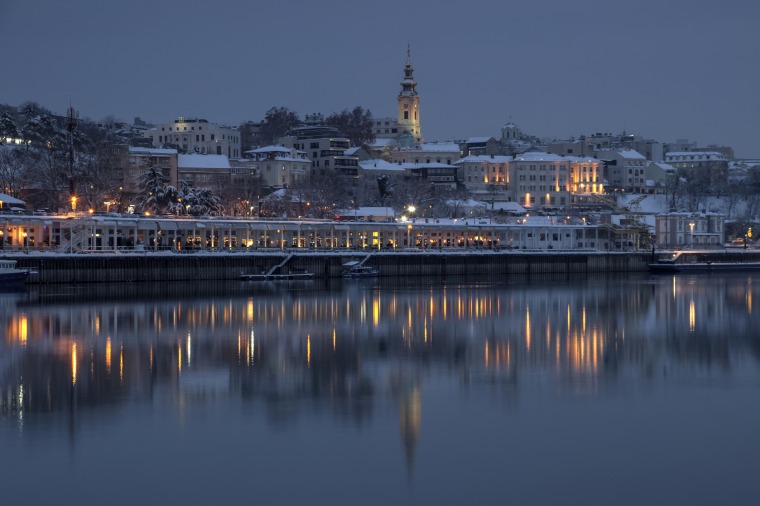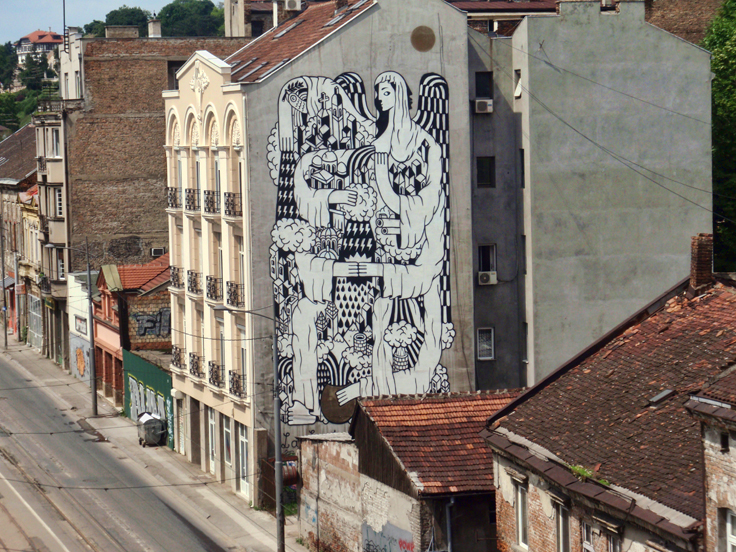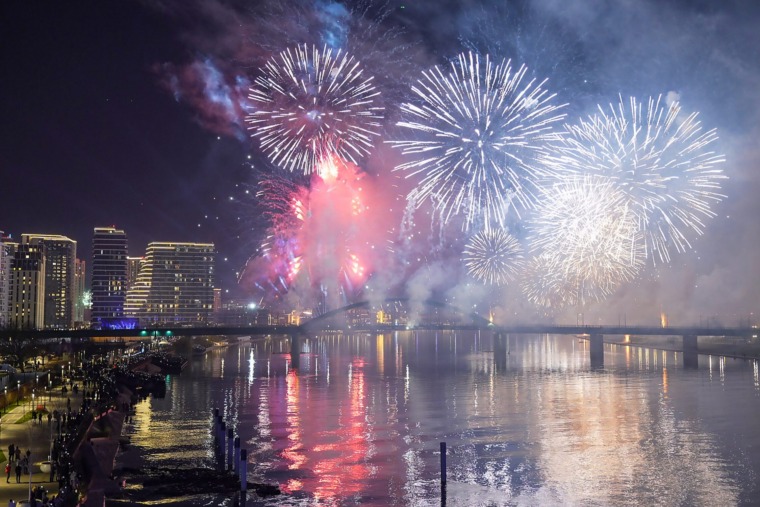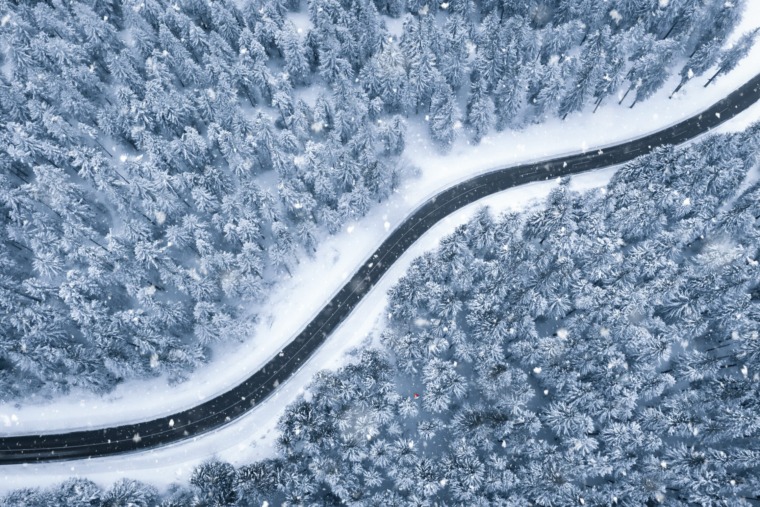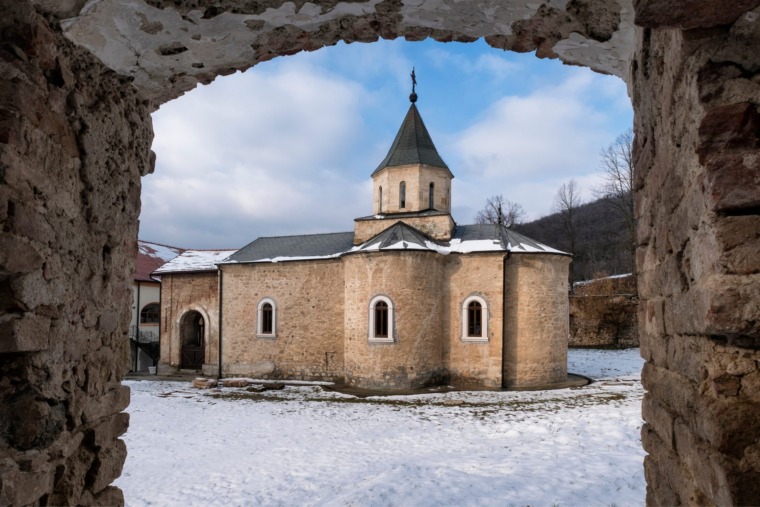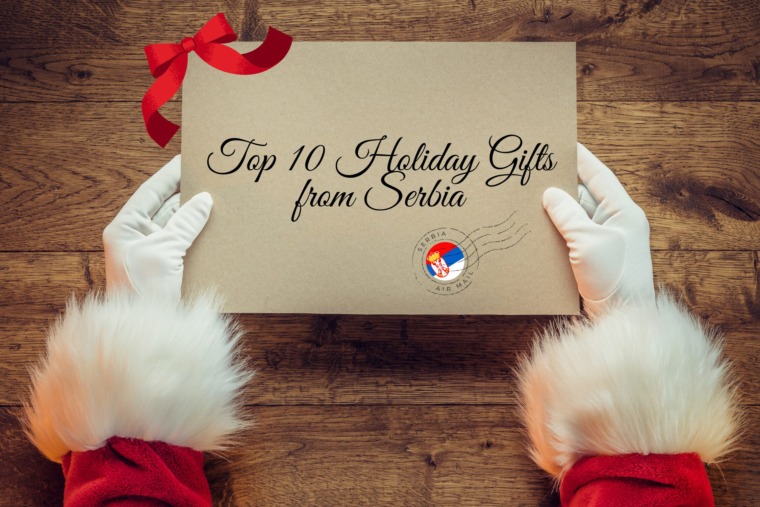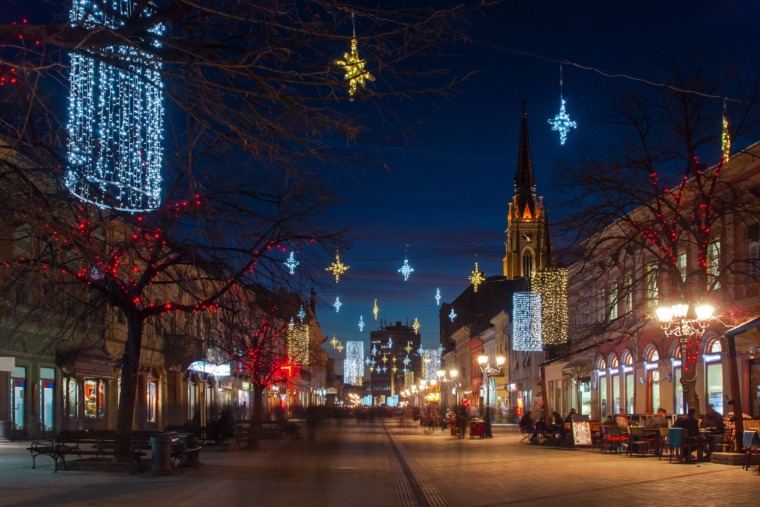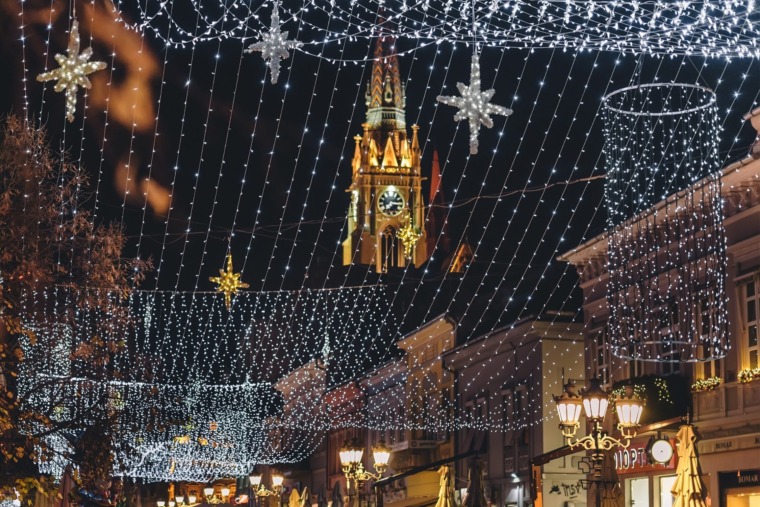
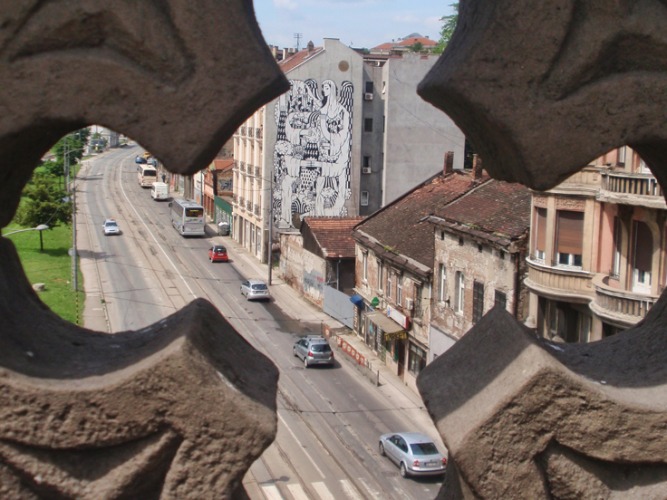
The building at 31 Karađorđeva Street has a façade that first catches the eye when the ship arrives in the port, with a twenty metres high and eight metres wide mural, “La Santa de Belgrade”, greeting the passengers entering the city.
Since 2008, Belef and the Platform for Contemporary Art in Belgrade Kiosk have brought big names of world street art to Belgrade. The idea is for them to leave their interpretation of the city on the façades. One of them is a French artist, Guillaume Alby, known as Remed, because he sees art as a remedy.
Since he had never been in Belgrade before, he first studied history of the city and the Serbian art. He particularly liked medieval frescoes and the icon of Mother of God of “the Three Hand”. So he decided to give Belgrade a patron saint whose multiple arms both destroy and protect the city, and he named the mural “La Santa de Belgrade”.
The mural is made in black and white, with only two golden objects added. Between Our Lady’s feet there is a golden egg cracked open, the symbol of life, from which the city culture is growing, while over her head there is a golden sun, which symbolises life.
In making this masterpiece Remed used the black acrylic and the highest quality white paint, so his angel will protect Belgrade for a long time.
THE CITY THAT ATE GREENERY
At 6 Pop Lukina Street, there is a wall facing Brankova Street, hidden by a small gas station, a huge portrait of the metropolis devouring the greenery.
Within the project “Super Wall”, which was part of Belef 2009, Belgrade became richer by another mural done by a world artist. His name is Blu and he is an Italian artist who hides his identity under that pseudonym, thus giving the advantage to art, not to the creator.
Blu uses buildings in world metropolises as his canvas. Instead of a brush, he uses a roller attached on a long stick. He replaces oil with the facade paint.
Impressive is the list of cities whose walls he painted with his messages. And he also left one in Belgrade. All of his drawings look like, because they carry the same criticism of the consumer society. They only differ in form, because they follow the architecture of the building, emphasising the uniqueness of each place.
The mural on Pop Lukina Street shows a negative impact of humanity on the environment – it displays a huge human image, which instead of teeth has buildings and is about to devour a tree, the only painted detail on this black-and-white image.
SAVAMALA WAITING FOR THE SUN
At 53 Karađorđeva Street, a view from the swinging Branko Bridge or down to the tram tracks, a façade waiting for the sun.
After the Mixer festival this year again remained the resounding echo, a combination of cry and art. Last year there were ten doors at Savamala painted and two new parks. This year, a sooty facade was presented with a new face. They painted it with nostalgia and hope. The mural “Waiting for the sun” is another attempt to have the once most beautiful quarter of the city get back its old flair.
On an old box of matches from Hungary there was an ad for the film “Promised Land” (1961). It inspired the designer Aleksandar Maćašev to make the print Waiting for the Sun. Maćašev’s idea from the shirt was transferred onto the wall of the building on Karađorđeva Street by the artist Stevan (Wunste) Šoln.

In making the mural, they used paint that contains fluorescent lighting pigments, so Savamala will for a start be illuminated at night at least.
Author: Dragana Barjaktarević
Related Articles

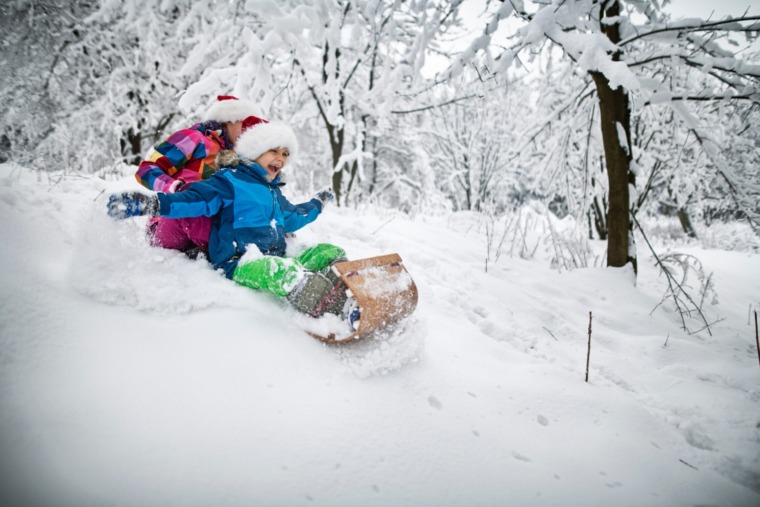
What to Do with Kids in Serbia: Family-Friendly Holiday Ideas
December 14, 2025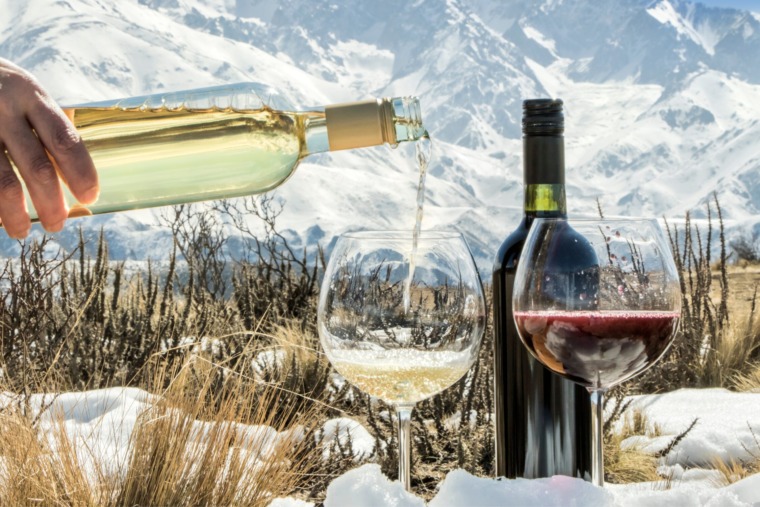
Winter Wine Escape: Serbia’s Most Beautiful Holiday Wineries
December 11, 2025